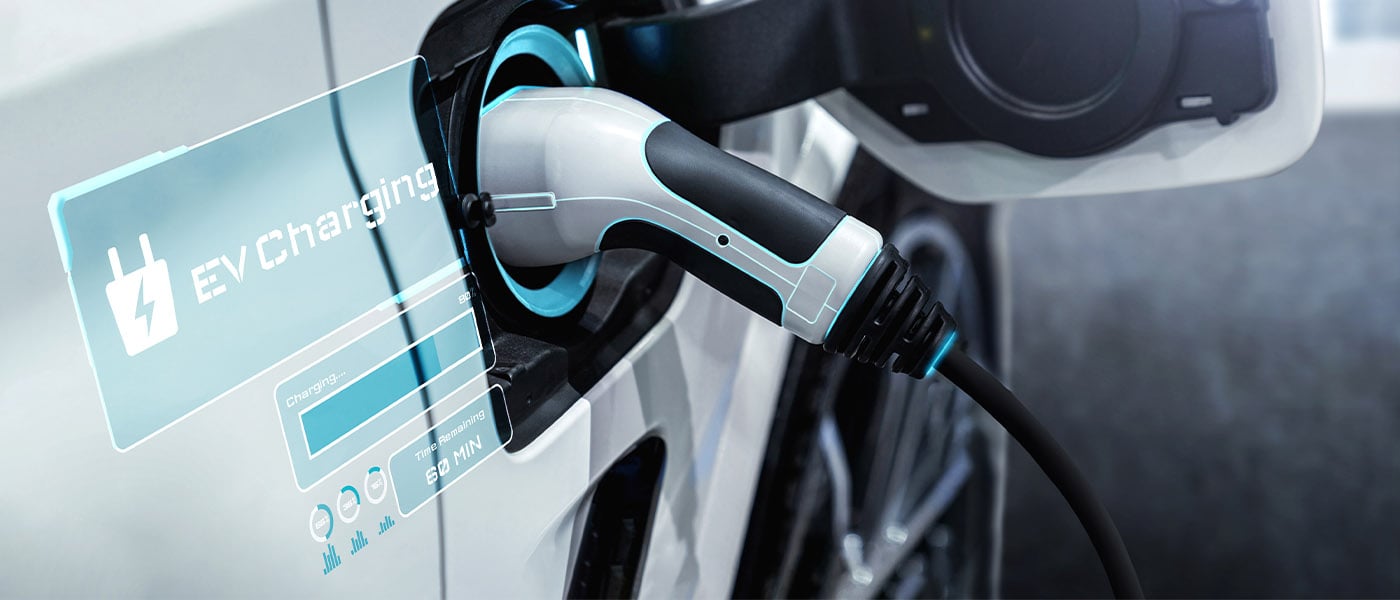March 10, 2022

Related Blogs:
Sign up for blog updates
Get innovation delivered to your inbox. Sign up for our blog and stay on top of the very latest from Semtech (formerly Sierra Wireless).
March 10, 2022

Signed into law on November 15, 2021, the Infrastructure and Jobs Act sets aside $7.5 billion to build a network of electric vehicle charging stations across the United States with a goal of reaching 500,000 charging ports by 2025. In the EU and UK, meanwhile, there are 250,000 public charging stations, with the goal of increasing this to one million by 2025. China already has over two and a half million public chargers, the most extensive network in the world.
IoT networks are crucial for managing networks of EV charging stations. Charging stations are scattered across the landscape, and network operators must be able to manage stations down to the port level. After all, chargers run on software that requires regular updates, and operators must know immediately when any of the stations or ports is malfunctioning so they can fix them quickly.
An IoT network also allows charging station operators to update customers on which charging ports are available where. Moreover, as charging station buildouts increase, IoT-based usage data on existing stations and ports helps operators accurately plan the ideal locations of new stations.
As more EVs come online, they will pose a greater challenge for electrical grids, especially those that rely more heavily on intermittent renewable energy. Balancing that load will be important. Some are advocating for tighter integration between EVs and the electrical grid. IoT networks enable station operators, and their utility company partners to understand power loading across the whole station infrastructure and to balance the power load among stations as vehicles connect or disconnect.
Mobile wireless networks are the preferred connectivity solution for IoT networks that connect EV charging stations because they can be deployed very rapidly at a far lower cost than wired networks, and they can cover locations where wired networks don’t reach. In addition, the typical cellular data consumption of an EV Charger is only 100-500MB per month. There are proprietary wireless network technologies available but charging station operators want to be sure they invest in a future-proof technology that can grow with demand.
4G wireless technology has the advantage of covering the world, and it has IoT-specific protocols that make it cost-effective to connect IoT devices that transmit small amounts of data sporadically. In addition, 5G wireless supports up to a million devices per square kilometer – around 10 times that of 4G – making it perfect for cities rolling out large numbers of EV chargers along with other IoT devices. This becomes especially important when scaling to support large fleets of vehicles.
Another development in our increasingly connected society is edge computing, in which more computing takes place closer to the place where the data is produced and consumed. Edge data centers mean data doesn’t travel as far, so it is available more quickly where it is needed. Mobile edge computing sees servers placed closer to EV chargers, reducing the latency involved in power allocation based on charger load levels.
Optimizing IoT connections requires a lot more than simply installing a Subscriber Identity Module (SIM) card at each charging station port; it requires a whole ecosystem that ensures reliable connectivity in every location. Sierra Wireless offers a complete ecosystem of services that deliver this result:
At Sierra Wireless, we help to bridge the critical communication gaps between distributed EV chargers and central management systems. EVs and EV chargers are the future, and wireless IoT networks are the fuel that propels the future of the EV charging industry.
Read more in our white paper “How IoT Connectivity is Powering the EV Charging Revolution.”
Get innovation delivered to your inbox. Sign up for our blog and stay on top of the very latest from Semtech (formerly Sierra Wireless).